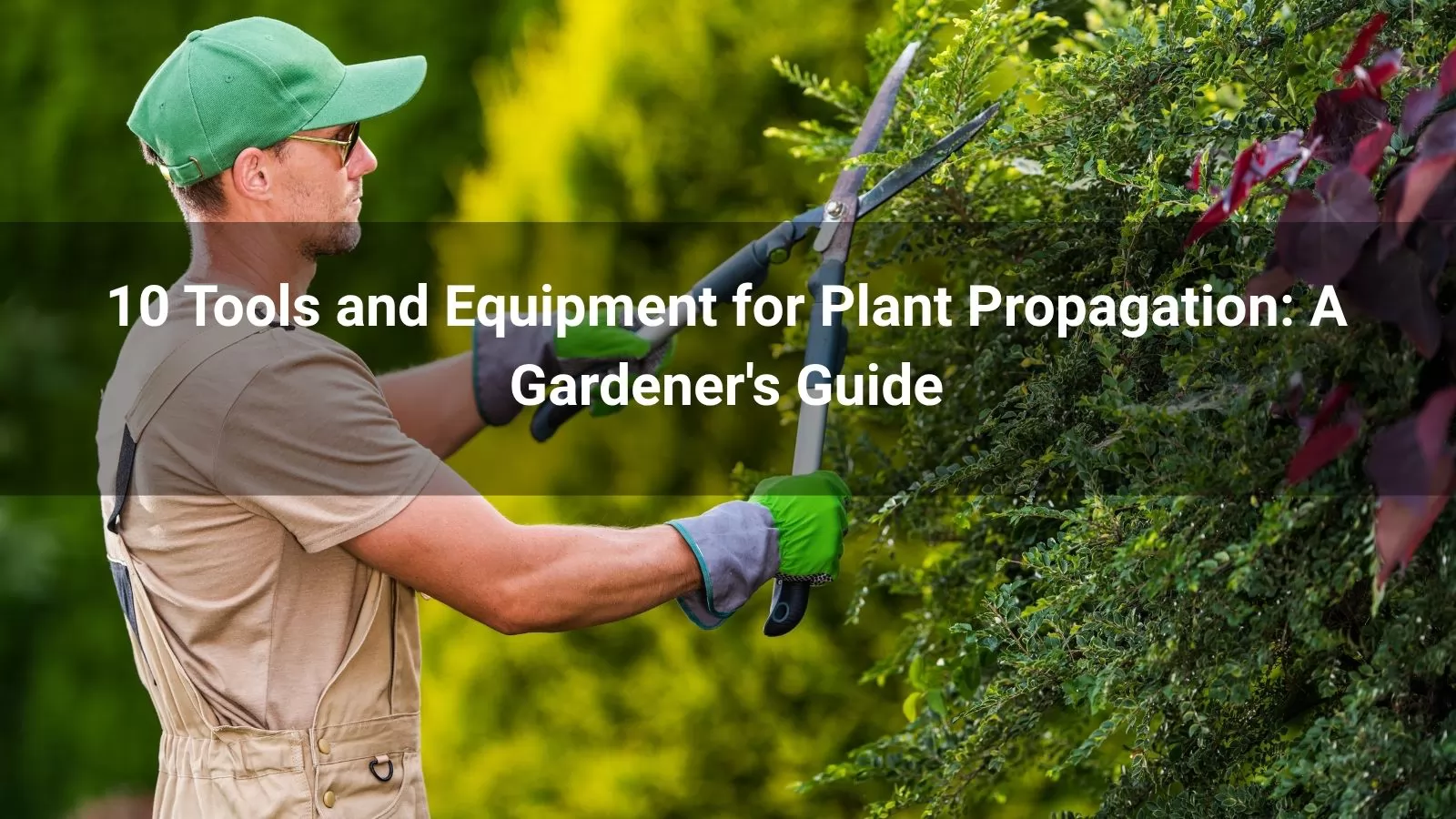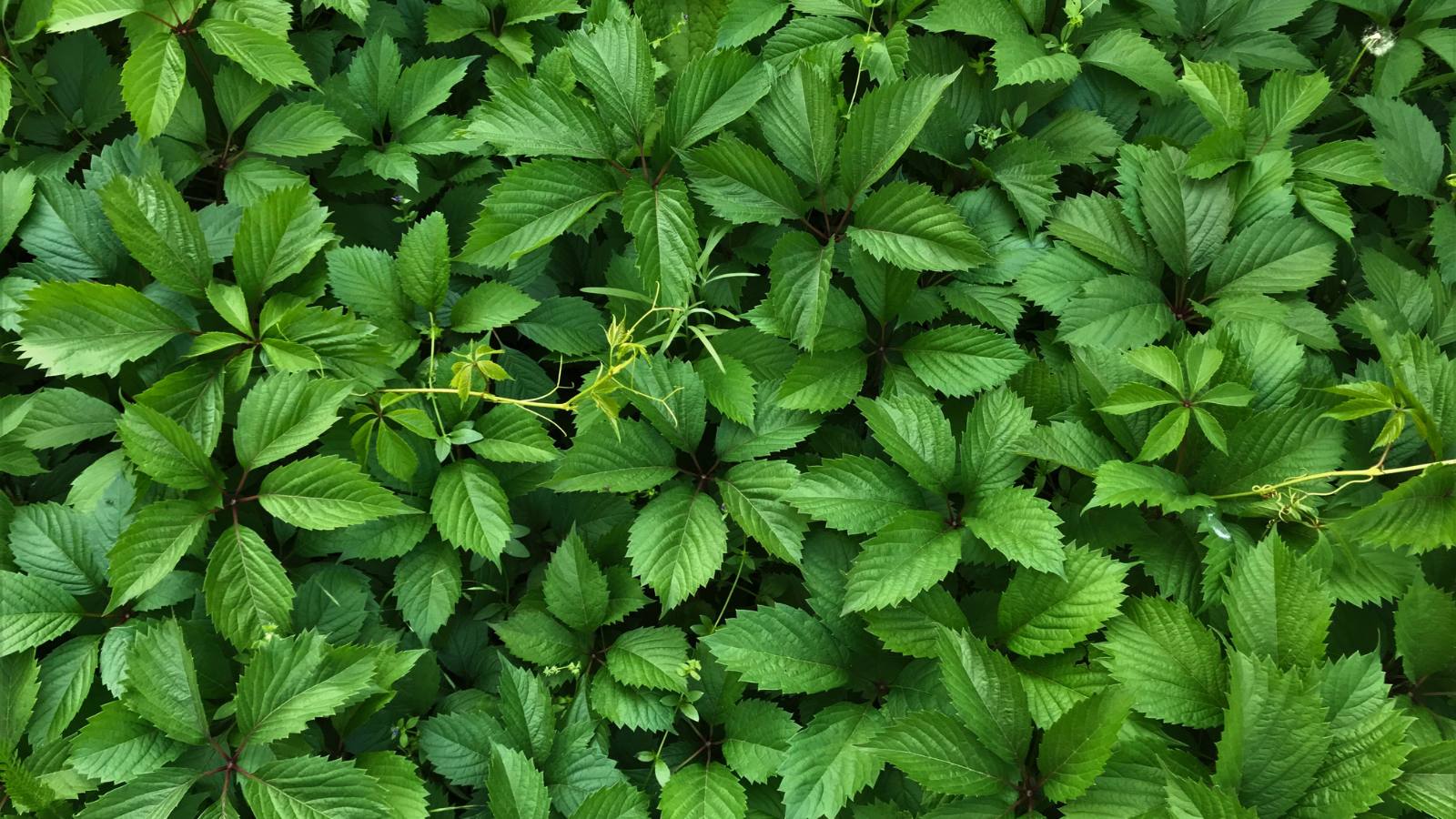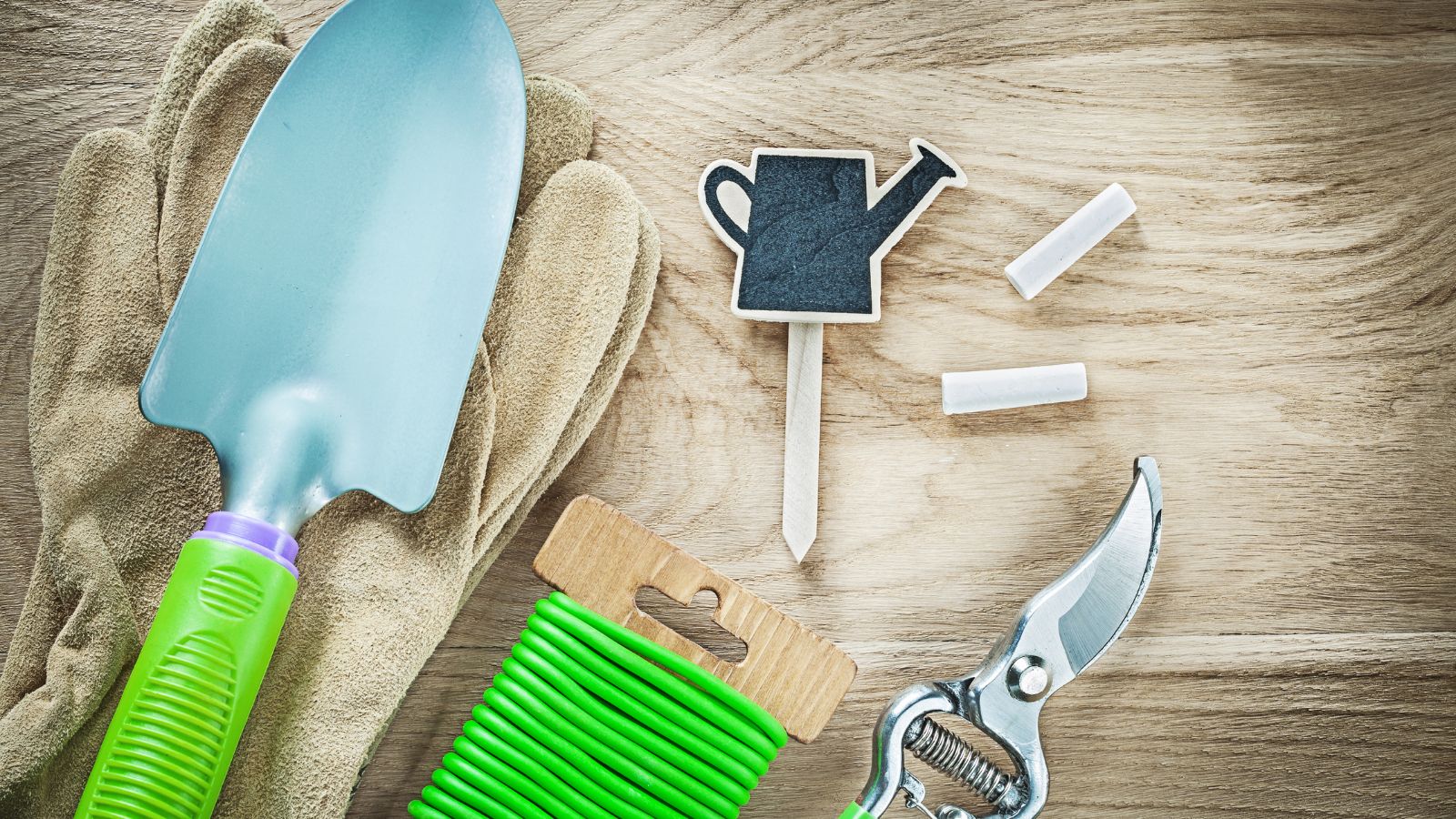
Plant propagation is a rewarding aspect of gardening that allows enthusiasts to multiply their favorite plants through methods like cuttings, seeds, grafting, or division. Whether you're a novice starting with houseplants or a seasoned horticulturist expanding your nursery, having the appropriate tools and equipment in plant propagation and their uses is crucial for success. These tools and equipment needed for plant propagation not only make the process more efficient but also minimize stress on the plants, reduce disease risk, and improve rooting rates. In this article, we'll explore 10 tools and equipment in plant propagation, along with the tools and equipment used in plant propagation and their uses, drawn from expert recommendations and practical gardening experience. Each one plays a vital role in creating optimal conditions for new growth.

Among the different tools and equipment used in plant propagation, a root extractor is a specialized tool designed for precision in root cuttings, particularly for herbaceous perennials like oriental poppies or Verbascum during dormancy. This narrow, forked tool digs down to access and lift roots up to finger thickness without disturbing surrounding soil, allowing for clean 5-15 cm sections to be cut and replanted. It minimizes damage to taproots in sensitive plants like Eryngium, ensuring higher success rates in propagating from stored root energy.

Stainless Steel Pruning Shears are the cornerstone of vegetative propagation, especially for taking stem cuttings. These sharp, bypass-style tools and equipment for plant propagation make clean cuts that prevent tearing plant tissue, which could invite infections. Look for ergonomic models with rust-resistant blades for easy cleaning and disinfection. They're indispensable for trimming stems from roses, herbs, or succulents, ensuring precise 4-6 inch cuttings with at least two nodes for rooting, ideal for both pruning and propagation of vines or shrubs.

For seed propagation, a Stainless Steel Garden Rake is an essential planting tools and equipment in plant propagation. With curved, pointed tines, it excels at leveling soil, breaking up clumps, and creating a fine seedbed without compacting the medium. Use it after digging to evenly distribute sterile starting mix for vegetables, flowers, or perennials—simply rake to a smooth surface before sowing and covering with a humidity dome for consistent moisture and optimal germination.

A Small Metal Hand Shovel, often called a trowel, is a key part of the different tools and equipment in plant propagation. This compact, pointed tool is perfect for digging narrow holes for transplants, removing plants with deep roots, or creating starter holes for bulbs and plugs. Its ergonomic design allows precise work in tight spaces like raised beds, making it ideal for planting seedlings of tomatoes, peppers, or herbs while incorporating amendments without disturbing nearby growth.

The Large Metal Scoop Shovel is indispensable tools and equipment in plant propagation and their uses include lifting and moving bulk materials like soil or mulch for large-scale propagation setups. With its wide, concave blade, it efficiently transfers potting mix or compost to fill trays or beds, supporting mass seed starting or division of perennials. It's essential for preparing trenches for root cuttings or transplanting established divisions, ensuring quick, labor-saving soil handling in outdoor nurseries.

Seed Starting Trays are vital tools and equipment used in propagating plants, providing individual cells to sow seeds without overcrowding while promoting drainage and root development. These plastic or biodegradable trays hold sterile seed-starting mix for vegetables, flowers, or perennials—simply fill, sow, and cover with a dome for even germination, making them a staple for indoor starts before hardening off.

Humidity control is critical, and a Seed Starter Kit serves as one of the most effective tool and equipment in plant propagation. This all-in-one system, often including trays, domes, and cells, creates a controlled environment for germination with bottom watering to avoid damping off. Opt for kits with vents for airflow; they're ideal for finicky seeds like peppers or salvia, maintaining 70-80% humidity and boosting success rates for young seedlings.

Plant Supports are essential appropriate tools and equipment in plant propagation, providing stability for vining or top-heavy propagated plants during rooting. Simple stakes or cages prevent breakage in cuttings or divisions, promoting upright growth for better air circulation. They're invaluable for training softwood cuttings of climbers like peas or tomatoes, ensuring secure establishment before transplanting to the garden.

Garden Twist Ties rank among the most practical 5 tools and equipment in plant propagation for securing stems. These soft, reusable ties gently wrap around vines and supports without damaging tissue, ideal for attaching propagated climbers to trellises. Biodegradable options work well for tomatoes or beans, leaving slack for growth and preventing wind damage during the vulnerable early stages.

Waterproof plant labels or markers are often overlooked but essential tools and equipment used in plant propagation and their uses include tracking varieties, dates, and treatments in your propagation area—wait, no: Moss Poles are a game-changer for aroid propagation, mimicking tree bark to encourage aerial root attachment in cuttings of Monstera or Philodendron. Wrap stems loosely with ties to the moist sphagnum-covered pole for humidity and support, fostering larger leaves and healthier maturation in tropical houseplants.
Equipping yourself with these 10 tools and equipment in plant propagation transforms the process from a hit-or-miss hobby into a reliable, enjoyable practice. Start with core tools and equipment needed for plant propagation like pruning shears and seed trays, then expand to supports like moss poles and ties as your skills grow. Remember to sterilize tools regularly with alcohol wipes to prevent pathogen spread, and always source quality items suited to your propagation methods. With patience and the right different tools and equipment used in plant propagation, you'll soon fill your garden with clones of your thriving favorites. Happy propagating!
Bypass secateurs, sharp knife/scalpel, dibber, propagation tray with lid, and rooting hormone (powder/gel).
Pruning shears (clean angled cuts), grafting knife (precise bark slicing), rooting hormone (auxins for faster rooting), heated mat/mist unit, perlite-vermiculite mix, plastic bags/domes (humidity), spray bottle, and labels with waterproof marker_Labels + marker_.
Sharp, clean bypass secateurs or scalpel/knife. Cut just below a node at 45° angle.
Yes — Seeds: fine compost + vermiculite cover + bottom heat; Cuttings: coarser compost + rooting hormone + high humidity (dome/mist).
To make the correct-depth hole so cuttings insert without damaging the base or stripping off rooting hormone.
Not for easy species (fuchsia, pelargonium), but essential for tropicals, winter hardwood cuttings, or when room temp <18–21°C.
Sterilise between plants with 10% bleach or 70% alcohol; flame grafting knives.
Recycled pots/takeaway containers (with drainage), clear plastic bags + wire hoops instead of lids, DIY bottom heat from old aquarium heaters or routers.
A razor-sharp grafting/budding knife — one clean, single-stroke cut is critical for cambium alignment.














We use cookies to make the website work, to provide advanced features, social media and traffic analysis, and we use analytics and third-party advertising cookies. If you choose to click "Deny All", you will retain the default setting of not allowing the use of cookies or other tracking tools other than technical tools.



